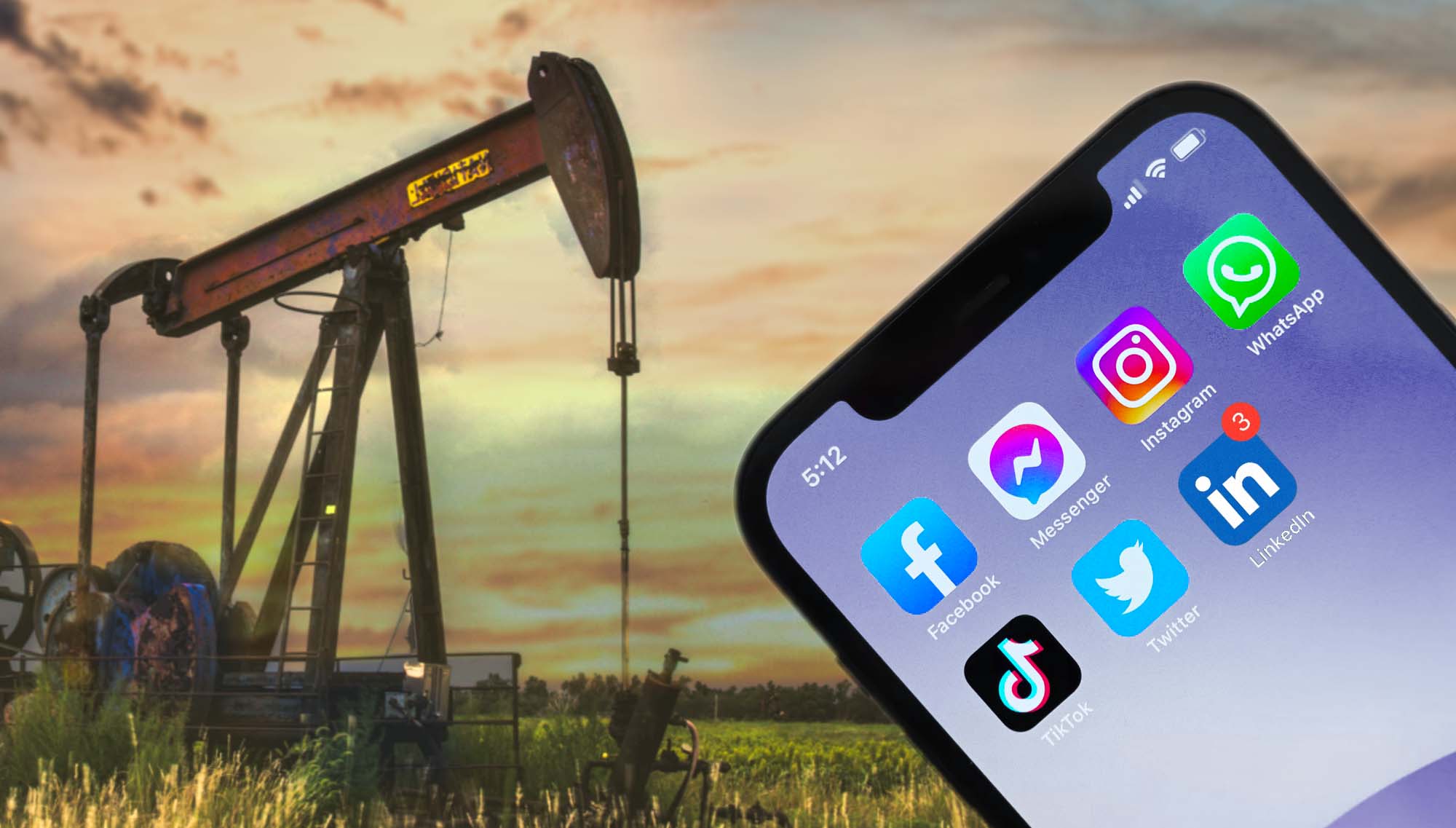Is your website built for conversions?
When you start on the digital marketing journey for your oil and gas company, you will inevitably hear a lot of the term “conversion.” It’s one of the primary metrics that those in your marketing department will track, but it’s important to know what it means and how you can really maximize conversions.
Keep in mind that no website can have conversions without first having visibility and engagement. A conversion happens much later, once the website visitor has actually found the site and read a couple of pages to find the information they are looking for. Oil and gas marketing companies like Definity Web can help guide your business in the right direction.
We are always thinking about conversion. However, if you neglect visibility and engagement first, you won’t have anyone to convert.
Read on to find out what conversion is and how you can achieve it in your oil and gas website.
What does conversion mean for oil and gas websites?
In digital marketing, the act of converting is getting a website visitor to take a specific action. For example, if someone lands on your oil and gas website and doesn’t click on anything and leaves after a few seconds, this means they haven’t converted. However, if they land on the homepage and download the lead magnet, this means they have converted to the next step.
Many people assume conversions are related to sales; however, this is only partially true. Conversions can be related to sales, but they don’t necessarily have to be. A conversion is simply going to the next step — whatever that may be. For some that may be a sale while for others that may be a phone call.
Conversion on a website can look different depending on what your goals are.
Here are some examples of conversion steps a website visitor can take with the help of an oil and gas marketing company on your side:
- Downloading a lead magnet
- Making a phone call
- Booking an appointment
- Signing up for an email newsletter
- Filling out a contact form
In person, a conversion can look like signing a contract which confirms a sale — but there are many, many smaller conversions that must happen before the big one.
Ways to increase website conversion in the oil and gas industry
If your visibility and engagement strategies are working well, you can begin to focus more closely on increasing conversions on your website. Be sure to set clear goals for what you want your website visitors to do and the different actions you want them to take. Work with oil and gas marketing agencies to put these strategies into place.
Strengthen CTA copy
A CTA (call to action) is typically a button on your website that a website visitor must click to complete an action. For example, if they click “Download” they will be able to fill out a form with their contact information in order to access your lead magnet. However, “Download” doesn’t seem like a very compelling call to action, does it? You may want to up the urgency to “Download Now” or, even more effective, provide the value the website visitor will get from downloading the lead magnet, such as “Reduce Your Oilfield Expenses.”
Make CTAs stand out
While the copy on the CTA button is critical, equally important is the design of the CTA button. Don’t make the buttons blend in with the colors and design of the rest of your website because they will be more difficult to see. CTA buttons should be in an accent color so they stand out immediately. You’ll also want to make sure they are large enough to see and click easily on a mobile phone.
Add live chat
A live chat option pops up to offer website visitors a chance to connect right away. Typically, the initial conversation is with an automated bot but this gives website visitors an easy way to learn more information or connect with a sales person or customer service representative if they need to. The live chat option also removes the need for the website visitor to find and click to the Contact page.
Eliminate distractions
Have you ever landed on a website and forgotten why you went there in the first place because there is just so much to look at? While having an eye-catching website is important, it should be done strategically to steer website visitors in a specific direction — instead of getting them overwhelmed by everything there is to see. Get rid of any distracting images, content, or design elements that don’t serve a specific purpose.
A/B test on a regular basis
Headlines, subheadings, images, CTA button copy, CTA button colors, navigational elements — all of these should be A/B tested again and again on a regular basis in order to optimize conversion. A/B testing involves narrowing down two options and testing them with website visitors to see which one gets the most clicks. Then you use the winner on your website until it is time to re-test and further optimize.
Remove unnecessary form fields
Many conversion actions on oil and gas websites, such as booking a call, contacting a sales rep, signing up for a newsletter, or downloading a lead magnet involve forms. If you want to improve conversions, make the forms as simple as possible with as few form fields as possible. Sure, you may want to know their job title and annual company revenue, but that information can wait until the next step. For the initial conversion, just ask for their name, email, phone, and company name instead of other information.
Increase website conversions with Definity Web
Want your website visitors to take action? Get in touch with Definity Web, an oil and gas marketing company, today to learn more about how we can help you increase conversion on your website by compelling website visitors to take action — now.
Click the button below to learn more about our Web Strategy Exploration process and how we support you in your digital marketing efforts at every step.





